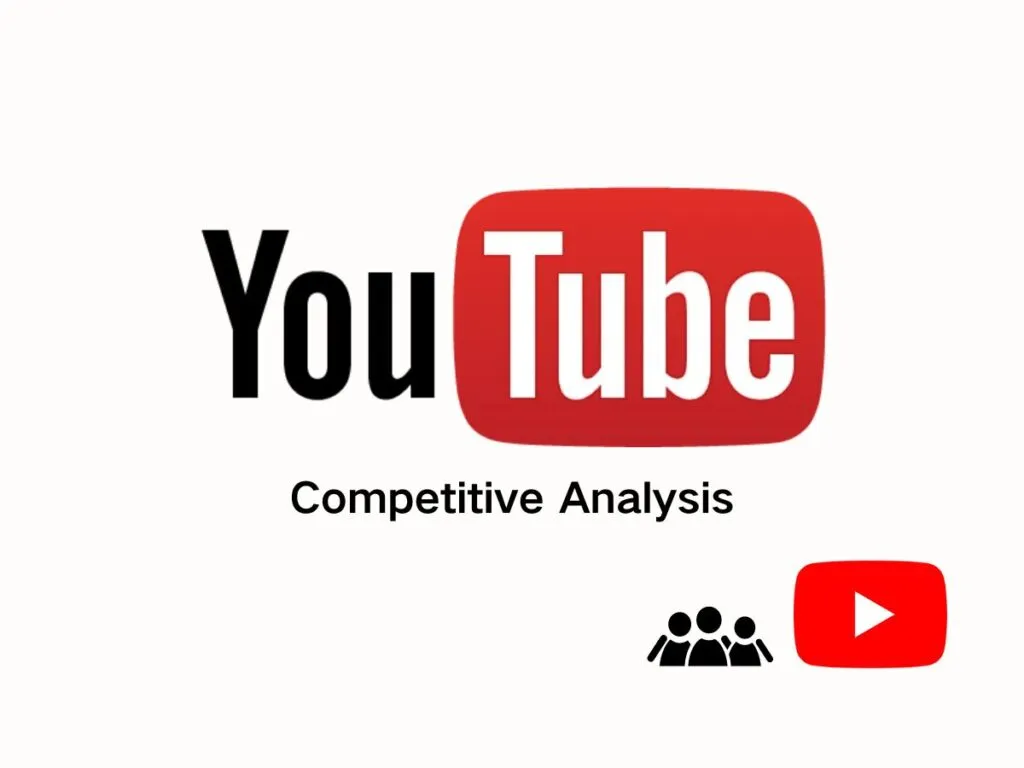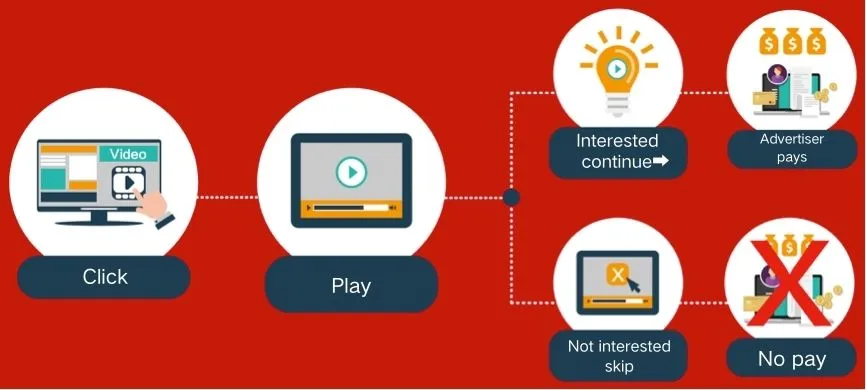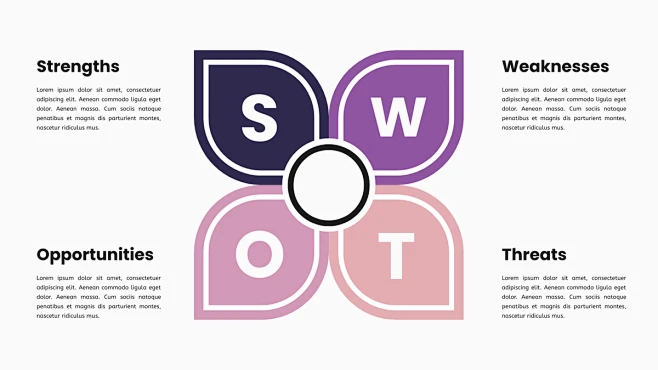Mastering the YouTube Ad Market: Competitive Analysis and Practical Strategies
As one of the world's largest video-sharing platforms, YouTube boasts billions of active users and a vast array of video content, making it a crucial channel for advertisers seeking traffic and exposure. In this fiercely competitive advertising market, understanding and analyzing the competition in YouTube advertising is vital for devising effective advertising strategies.
Overview of the YouTube Ad Market
The evolution of YouTube advertising can be traced back to 2007 when YouTube emerged as one of the focal points in today's digital marketing landscape. Its massive user base and diverse advertising formats have attracted the attention of numerous brands and marketers. Today, the YouTube advertising market is enormous, with statistics showing over 2 billion logged-in users monthly and over 1 billion hours of video watched daily. This extensive user base provides advertisers with a broad audience base, making YouTube an ideal platform for promoting products and brands.
Additionally, YouTube offers various advertising formats, including TrueView ads and bumper ads, catering to different advertiser needs. With the increasing preference for video content and the widespread adoption of 5G technology, the future potential of the YouTube advertising market is immense, deserving the deep attention and exploration of advertisers and marketers.

Types and Formats of YouTube Ad
In exploring YouTube advertising competition, understanding its types and formats is crucial. As one of the largest video-sharing platforms globally, YouTube offers various advertising formats, each with its unique characteristics and applicable scenarios.
Common types of YouTube ads include native ads, display ads, and video ads. Native ads appear as recommended slots before or during video playback, while display ads appear in image or text form on the side or bottom of video playback pages. Video ads are presented in video format before or during user-watched video content.
Each ad format has its advantages and disadvantages in user experience and advertising effectiveness, requiring advertisers to choose the appropriate format based on their brand and product characteristics. Here's an overview of YouTube ad types and formats:
1、TrueView Ads: TrueView ads are among the most common ad formats on YouTube, known for being user-friendly and advertiser-friendly. It comprises two subtypes:
- In-stream Ads: Ads that appear during video playback, allowing viewers to skip after a certain duration. Advertisers are charged when viewers watch beyond 30 seconds or engage with the ad.
- Discovery Ads: Presented as video thumbnails on YouTube search result pages or beside related videos, clicking leads to the playback of the video ad.

2、Bumper Ads: Bumper ads are succinct, typically 6 seconds long, and unskippable. Due to their brevity, advertisers need to capture audience attention with concise and clear content.
3、Overlay Ads: Overlay ads appear as images or text above the video player, usually in banner format. This ad format is relatively non-intrusive to the user experience and does not interrupt video playback.
4、Display Ads: Display ads appear beside or below videos as image or text ads, typically in rectangular or banner format. While these ads do not disrupt video playback, they may be relatively weaker in attracting user clicks.
Each ad format has its unique advantages and suitable scenarios. Advertisers should choose the appropriate ad format based on their marketing objectives and target audience. For instance, advertisers aiming to boost brand awareness may opt for In-stream or Discovery ads to garner more attention and interaction, while those aiming to convey brief messages may find Bumper ads more suitable for their needs.
Competition Analysis of YouTube Ad
The YouTube advertising market is highly competitive, with advertisers and brands from different industries vying for limited exposure and click resources. In exploring YouTube advertising competition, conducting an in-depth competitive analysis is crucial. Apart from focusing on one's brand performance, it's essential to study competitors' advertising strategies, audience targeting, and market share to discover competitive advantages and improvement opportunities. The following outlines the competition analysis of YouTube advertising:
- Comparative Analysis of Competitive Ads: Comparing competitors' ad content allows an understanding of their ad creativity, content themes, and presentation formats. This helps discover industry innovation points and potential market opportunities, while also analyzing competitors' ad placement strategies, including timing, frequency, and channels, to optimize one's ad placement plan.
- Audience Targeting and Competitive Landscape Analysis: Understanding competitors' audience targeting and demographics helps advertisers better target their desired audience and formulate corresponding advertising strategies. Additionally, analyzing the competitive landscape, including competitors' market positions and shares, market trends, and changes, helps adjust advertising strategies timely to maintain competitive advantages.
- Data Analysis and Ad Effectiveness Evaluation: Through advertising data analysis tools like Google Ads reports, YouTube Analytics data interpretation, and tools like BigSpy, advertisers gain insights into ad placement effectiveness and user feedback. By assessing metrics such as click-through rate, watch time, and conversion rate, advertisers identify optimization opportunities and adjust ad strategies promptly to enhance advertising effectiveness.
Key Factors Analysis: Elements of Successful YouTube Ads
Successful YouTube ads are not random, they involve a combination of multiple key factors. The following analysis breaks down the elements of successful YouTube ads:
- Creativity and Content Quality: Outstanding ad creativity attracts user attention and resonates emotionally, enhancing ad dissemination. Content quality, including video clarity, audio quality, and content professionalism and credibility, is equally crucial.
- Precision Targeting and Audience Accuracy: Successful YouTube ads require precise targeting of the target audience, and understanding their interests, needs, and behavioral habits to formulate targeted advertising strategies.
- Data Analysis and Optimization: Data is one of the driving forces behind successful YouTube ads. Through data monitoring and analysis during ad placement, advertisers can promptly discover ad issues and optimization opportunities, leading to timely adjustments and optimizations.
- Brand Awareness and User Interaction: Successful YouTube ads are not just about selling products or services; they are also about shaping brand image and enhancing brand awareness. Interacting with users and responding to their comments and feedback helps build a positive brand image and user relationships.
In summary, the key elements of successful YouTube ads include creativity and content quality, precision targeting and audience accuracy, data analysis and optimization, and brand awareness and user interaction. Only by fully grasping these key factors and conducting refined strategy formulation and execution can advertisers achieve maximum benefits from ad placement and maximize the value of marketing objectives.
Tools and Methods for Competitive Analysis
Using appropriate competitive analysis tools and methods can help advertisers gain in-depth insights into market dynamics, discover competitive advantages, and formulate effective advertising strategies. Here are some commonly used competitive analysis tools and methods.
Competitive Analysis Tools
- Google Ads Reporting Analysis: Google Ads, as one of the main platforms for YouTube advertising, provides rich advertising data reports, including metrics like click-through rate, impressions, and conversion rate. Analyzing these reports helps understand advertising effectiveness and user feedback, discover ad strengths and weaknesses, and adjust ad strategies promptly.
- YouTube Analytics Data Interpretation: YouTube Analytics is a tool provided by YouTube for analyzing video performance, helping advertisers understand video watch time, audience interaction, and other data. Analyzing this data helps understand audience demographics and viewing behavior, optimizing ad content and formats, and enhancing ad viewability and conversion rates.
- BigSpy: This intelligent advertising tool can be your competitive advantage. By monitoring competitors' most successful advertising strategies, you can gather valuable insights about visual effects, messages, and promotions, that resonate with your target audience. If you want to improve YouTube ads and consider launching advertising campaigns on YouTube but are unsure how to design effective advertising strategies, or if you've already started advertising and want to gain deeper insights into competitors' strategies and industry creativity, BigSpy is undoubtedly your ideal choice. As a market-leading advertising creative intelligence tool, BigSpy has a massive database of over 200 million ad records, growing every day.
Competitive Analysis Methods
- SWOT Analysis: SWOT analysis is a commonly used competitive analysis method that helps advertisers gain a comprehensive understanding of their competitive advantages and disadvantages. This enables effective advertising strategy formulation and response measures.

- Porter's Five Forces Analysis: Porter's Five Forces analysis is another commonly used competitive analysis method. By analyzing factors like competitors, suppliers, buyers, substitutes, and new entrants in the industry, advertisers can understand the industry's competitive landscape and market dynamics, formulating corresponding competitive strategies.
Strategies to Enhance Competitive Advantage
Based on the above analysis, we can propose some strategies to enhance competitive advantage in YouTube advertising:
Innovative Advertising Formats and Strategies
- Utilize Interactive Elements to Increase User Engagement: Introducing interactive elements like polls, games, or sweepstakes in ads can attract user attention and enhance engagement. For example, designing an engaging interactive game allows users to participate and interact with the brand, enhancing user stickiness and brand awareness.
- Leverage UGC (User-Generated Content) to Increase Brand Exposure: Encouraging users to create and share brand-related content can effectively increase brand exposure and influence. Advertisers can initiate UGC activities to encourage users to share photos, videos, or stories related to the brand, expanding brand influence through word-of-mouth spread and building a more authentic and warm brand image.
Data-Driven Advertising Optimization
- A/B Testing and Data Feedback: Adopting A/B testing methods, advertisers can compare the effects of different ad formats, content, or placement timings to determine the best advertising strategies. Advertisers can use platforms like Google Ads' A/B testing feature to deploy different versions of ads and then evaluate ad effectiveness based on data feedback, optimizing ad content and formats to improve click-through and conversion rates.
- Real-Time Adjustment and Optimization Strategies: With the accumulation and analysis of data, advertisers need to make timely adjustments and optimizations to advertising strategies. Based on real-time data feedback, adjust ad content, placement timing, and audience targeting to respond to market changes and user needs, maintaining advertising competitive advantages.
Conclusion
Through the analysis in this article, we can see the intensity and importance of YouTube advertising competition. Only through in-depth competitive analysis and effective strategy adjustments can advertisers achieve success in the fiercely competitive advertising market. It is hoped that this article will provide advertisers with some useful insights and references, helping them better formulate and execute YouTube advertising strategies to achieve marketing objectives.













